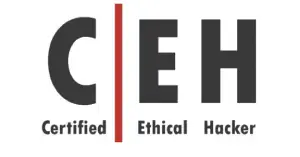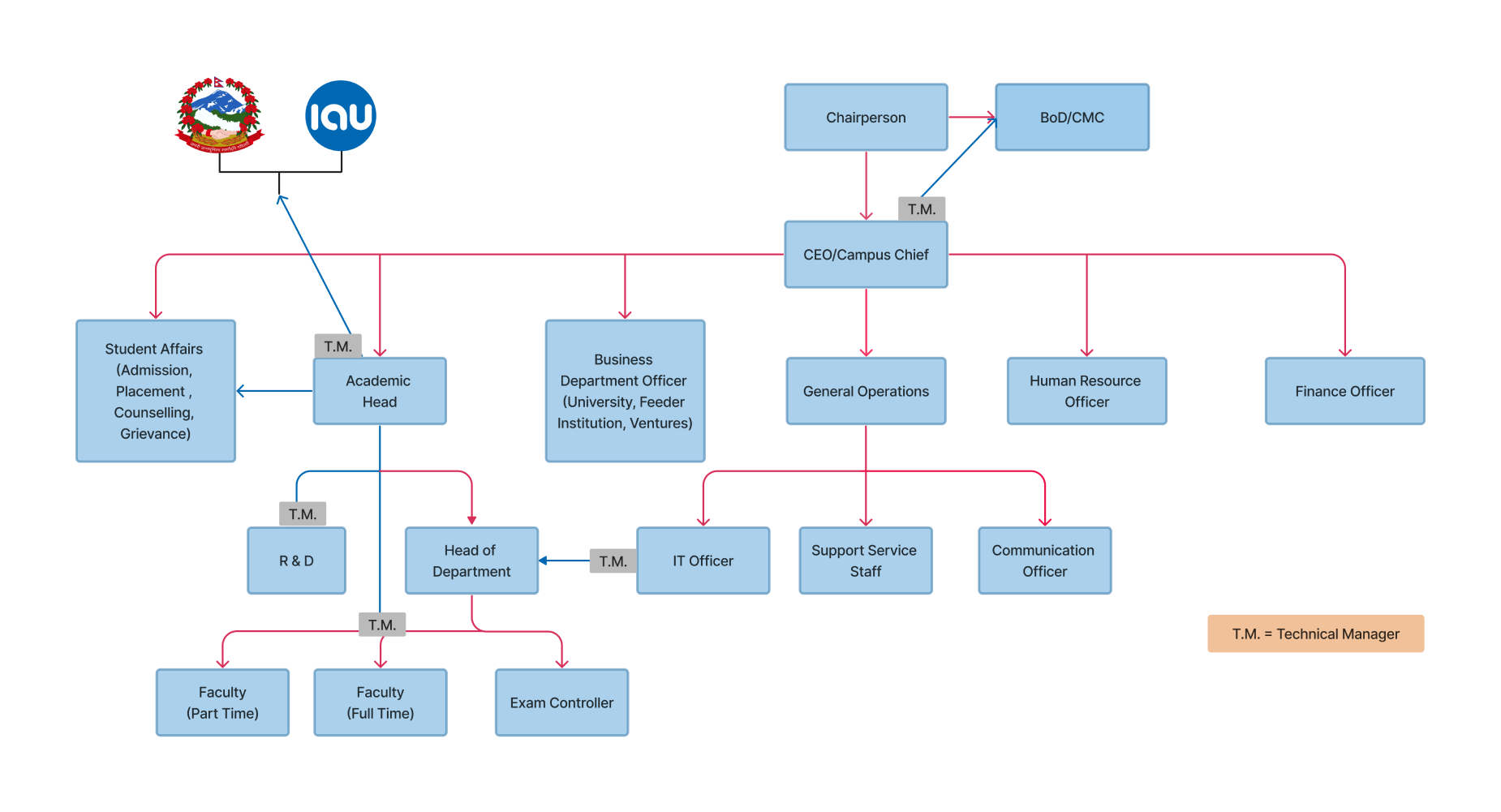





Ministry of Education, Science & Technology
Government of Nepal
The Internal Quality Assurance Committee (IQAC) at Model Institute of Technology holds a position of paramount importance within the College. Comprising fully independent members from diverse sectors, the IQAC is dedicated to upholding and enhancing the quality of education and operations at the College. One of its crucial responsibilities is ensuring Quality Assurance and Accreditation from the University Grants Commission (UGC) and other accrediting bodies, thus safeguarding the College's adherence to rigorous quality standards. Liaising effectively with the Government, University, and various internal and external stakeholders, the IQAC ensures that a wide range of perspectives are considered in maintaining these quality standards. Through its academic audits and assessments, the committee provides quality recommendations to the College's management team, fostering excellence in all aspects of its functioning. The IQAC plays a key role in developing benchmarks, standards, and ensuring strict quality compliance, thus contributing significantly to the College's commitment to delivering top-tier education. In addition, the IQAC conducts surveys, studies, and evaluations, actively engaging stakeholders in planning, implementation, and evaluation processes. This inclusive approach ensures that the College continually evolves and adapts to the changing needs of its educational community. Moreover, the committee extends its support to the College Chief and the College Management Committee (CMC) in driving continuous quality improvement initiatives. By maintaining a vigilant eye on performance at the individual, unit/committee, department, and section levels, the IQAC ensures that high standards are consistently met. Furthermore, it takes an active role in developing and implementing capacity development plans that benefit students, staff, and management alike. In line with its commitment to excellence, the IQAC also contributes to the formulation and recommendation of policies and guidance that steer the College towards a brighter future.

MIT has a well-defined framework that outlines the institution's operational procedures, hierarchical authority, and the organized flow of responsibilities among its members in fulfillinq their job responsibilities. The institute abides by the rules and regulations set forth by its affiliated university, the International American University (IAU), as well as the governing authority of the operating location, the Government of Nepal.
At the apex of the institutional hierarchy stands the Board of Directors/ College Management Committee (BoD/CMC) with its chairperson, the primary representative of MIT's Board/Committee holding responsibility for overseeing the comprehensive functioning of MIT. The CEO/ Camps Chief is positioned on the second as the executive head of both academic and administrative bodies with direct reporting authority to the BoD/CMC. The Student Affairs, Academic Head, Business Development Officer, General Operations, Human Resource Officer, and Finance Officer are the independent bodies overseen by the CEO/Campus Chief. The Academic Head exercises direct supervision over the Research and Development (R&D) and Head of Department, while Faculty (Full-time and Part-time), and Exam Controllers are indirectly supervised via the Head of Department. The IT officer, Support Services Staff, and Communication Officer operate under the General Operations body. The six Technical Managers are designated to facilitate smooth interlink between different bodies, across the established hierarchies of the institution.